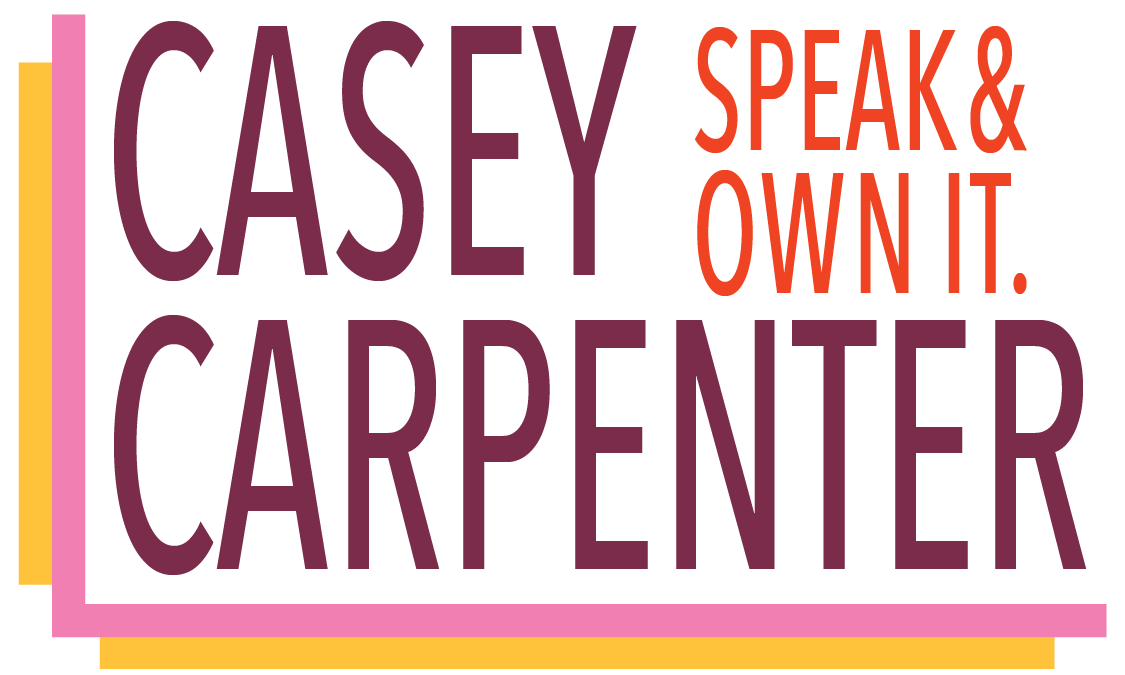3 Things Leaders Need to Know to Get People Excited About Work Again
How are this pastry and the current workplace environment related?
I’ll give you ten seconds to guess. Ready? Go!
Did I hear you say, “it’s flaky?” Well…I was going in a slightly different direction…try again…
If you said, “turnover,” you are correct! Sadly, turnover has been a buzzword since mid-pandemic when over a million women left the workforce in droves.
Today, we’re at the office in person, where most workplaces have established a schedule of “who’s on first?” They are tracking who’s in the office on which particular day of the week. Rarely is one hundred percent of any team in the office at the same time anymore. This is an arrangement that has left some unintended consequences in its wake. What can you as a leader do to help your team members get excited about work again?
1. The first thing you as a leader need to know is that flexibility around how, where, and when people work is no longer a “nice to have.”
It’s a must have. It’s right up there with the air we breathe. If you’re not offering flexibility, figure out how you can build it in. Otherwise, you’ll continue to see your best talent “cha-cha slide” right out the door. Even then, according to Human Resources Management, offering flexibility alone won’t completely solve your retention problem. Let’s look at three factors connected to communication that will help you boost morale and retain your people.
When looking at your overall talent management plan, consider the forces that strengthen and oppose it. Friendship at work is one strengthening factor. It’s critically important to employee wellbeing, productivity, and their fun! Use the guide below and answer yes or no to review how you’re doing!
Do your recently hired people have strong ties to their colleagues?
Do they engage spontaneously on non-work items as well as work projects?
People feel overwhelmed. Are you willing to encourage an atmosphere of fun, injecting lightheartedness into a world of meetings shoehorned into calendars?
2. Speaking of lightheartedness, let’s look at the “how.” The second thing to consider is how to foster deeper human connection when people are dispersed.
It’s easy to buddy two co-located people who are in the office at the same time. How will you simulate connection if they are completely virtual, and perhaps working across time zones? You will need to be creative in encouraging engagement.
You’d be surprised how important connection can be. I’ll always remember when my skills were tapped to join the Leadership Development team. I had a good starting point in that I knew some concepts from my personal development books and coach training. What truly made me successful, though, was the friendship I developed with the Senior Leadership Development Consultant, Steve, who’d been working with high potentials, administering 360 assessments, and teambuilding for years. I got the opportunity to shadow him like crazy until I was running my own programs within the corporation under his mentorship.
That work relationship turned into friendship. We were excellent foils at brainstorming – I’d come up with ideas and he’d play “devil’s advocate.” Together we’d come up with waterproof business cases to push leadership initiatives forward. Not only were we mentally compatible – he was fun with an excellent sense of humor. I looked forward to each day, not only for what I’d learn and implement but also for our 3PM coffee breaks where we’d blow off steam and simply laugh. Looking back on that workplace friendship now, I realize how important it was to both my personal and professional growth.
Did you know, according to a Gallup survey, 63% of women who have a best friend at work are twice more likely to be engaged in their work? Friendship not only affects the quality of engagement put into the work -- It’s also harder to quit a job when you’ve got friends and are emotionally tied to it. Let’s see how you fare with respect to encouraging connection at work:
Do you believe that employees who work in a hybrid or remote setting may have fewer work friends?
Do you think the social and emotional connections formed working hybrid or remotely may not be as strong as those developed in person?
Are you willing to devise three strategies to help others foster emotional connection when technology is the primary connection tool? Will you introduce your strategies to your team?
3. And the third, most important thing is to look at HOW you’re communicating.
As an executive communications coach, I tell my clients that your spoken messages, no matter what they are and no matter who the audience, boil down to two essential components: Content + Delivery.
In a keynote I delivered virtually during the Pandemic, “Make Virtual Work: Keep Team Members and Clients Close in an Age of Social Distancing,” I raised participants’ awareness of HOW your spoken words are received. When we’re communicating on video or by phone, we need to pay extra attention to our tone of voice. Those we are communicating with don’t have the benefit of experiencing our entire body language or facial expression, and they compensate by listening extra carefully to your tone. Without intending to, your tone can sound demanding, angry, accusatory, questioning…and your message may be lost.
Transactional Analysis uses tools and theories to examine how we relate to others. It states that we want to strive for relationships where we relate to each other on an Adult/Adult level. In mature, trusting communications, we give each other the benefit of the doubt. We don’t assume. We ask questions. We also take responsibility for encouraging others to step into their Adult states (inspiring others, creating safe spaces, encouraging everyone to speak up, creating belonging) vs. a Critical or Childlike state (leading from fear, focusing on what went wrong, blameful, and “what if” leadership.) Strive to create Adult/Adult relationships, made easier by the way we are taking care of ourselves (rest, eating properly, hydrating, taking breaks.)
I hearken back to one cringeworthy moment where, as a Vice President, I snapped at a team member who asked me a question. I realized that I’d been running on fumes – coffee and Reese’s Peanut Butter Cups for lunch. No wonder I snapped! I was working from low energy reserves and didn’t have much left over to deal with team management issues. I later apologized and learned a valuable lesson. What about you? How are you monitoring your tone, content, and delivery when you speak?
Am I thinking about both my content and delivery before I speak?
Did I intentionally set the tone of my voice before speaking?
Am I aware of my energy ebbs and flows, and how I might come across when I’m not at my best?
Am I planning my best times for communicating, and when am I not as strong?
Am I reminding myself to stay in the Adult/Adult ego state so that I not only take the high road, but I pave the way for others to do the same?
These three important tips are simple, yet important. Intentionally fostering a welcoming and fun, yet productive, workplace takes focus and different leadership skills than two years ago. With focus, a clear plan, and showing up well-resourced and ready to listen to others, I can assure you that you are taking many steps in the right direction!
Let me know how it goes for you. Email me at: casey@speakandownit.com.
Casey Carpenter is an executive leadership coach, speaker, and author. She founded Speak & Own It Communications for organizations and people who want to improve their communication, presence, and leadership so that they make an indelible impression and nail it every single time.


